A discovery was made with the aid of IIT, Teri, and NASA’s lessons that there are 3 common green indoor plants we can grow in our homes for all the clean air we require indoors.
Fresh air requirements can be reduced in the building while maintaining indoor air quality standards. The three plants are
- Areca Palm
- Mother in law tongue plant, and
- Money plant.
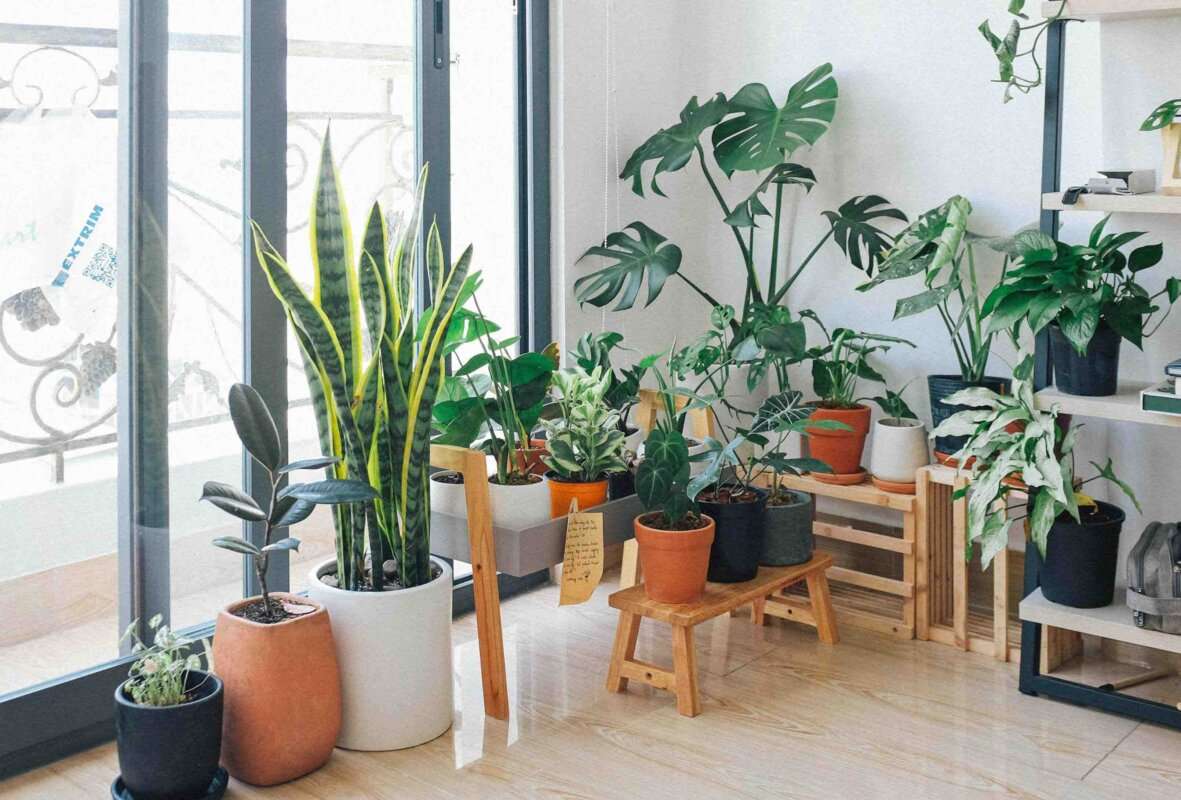
Areca Palm
Areca plant is a plant that removes co2 and converts it into oxygen. We need 4 shoulder height plants per person and In terms of plant care, we need to wipe the leaves every day in polluted cities and perhaps once a week in cleaner air cities.
We would have to grow them in sterile and hydroponic vermi manure, and carry them outside every three or four months.

More about Areca Palm
Areca palm, the scientific name is Chrysalidocarpus lutescens is among the palms found frequently in vibrant interiors. It contains arching, feathery fronds, each with up to 100 leaflets. These broad bold plants are the ones that demand attention.
Areca palm is one of the few palms that can survive trimming without significant damage, allowing mature plants to be kept indoors for up to 10 years of maximum lifespan.
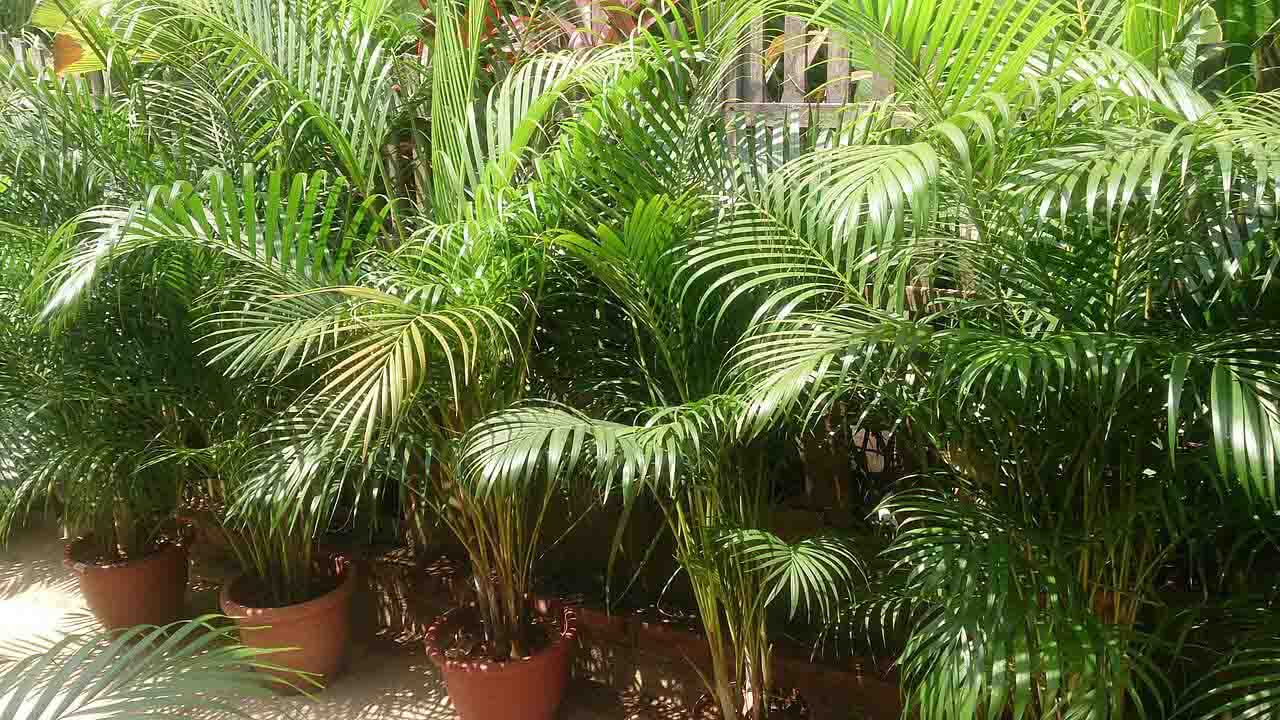
Now that you know how simple areca palm maintenance is, why not run out to the nearest nursery or garden center and pick up your own. Growing areca palm trees indoors with all that green, colorful foliage to brighten up the home would be well worth the hustle.
The main element in successfully growing indoor areca palm trees is only giving the correct amount of sun. They require clear, indirect light from a window looking to the south or west. In the intense sunshine, the leaves grow yellowish-green.

Also Read, Modern Design – 5 Glass Façade Houses which are simply astonishing
Mother in law tongue’s plant
Mother in law tongue’s plant is the second in the series and is again a very popular plant, so we name it a bedroom plant because it absorbs CO2 and converts it into oxygen at night.

And we need waist-high plants in the number of 6-8 per person.
The mother-in-law’s tongue (sansevieria trifasciata) is an extremely common house plant originating in West Africa.
More about Mother in law tongue’s plant

This elegant evergreen has thick, straight, and vertical dark-green branches, featuring striking light-green lines.
Since the tongue of mother-in-law has succulent leaves it falls into the plant group that can be left isolated without much water. Watering this plant continually rots the seeds, which finally destroys it.

It is safest to water once a month. Getting a dry plant back to life is much better than an over soaked one.
Money plant
The third indoor plant is a money plant that grows ideally in hydroponic systems, and this specific plant helps to remove formaldehyde as well as other volatile chemicals.

More about Money Plant
It is known that the money plant (Scindapsus aureus, or Epipremnum aureum) brings wealth and fortune. Scindapsus aureus is the scientific name for the “food vine” cultivated in Asian homes. It belongs to the family Araceae that includes more than 100 genera.
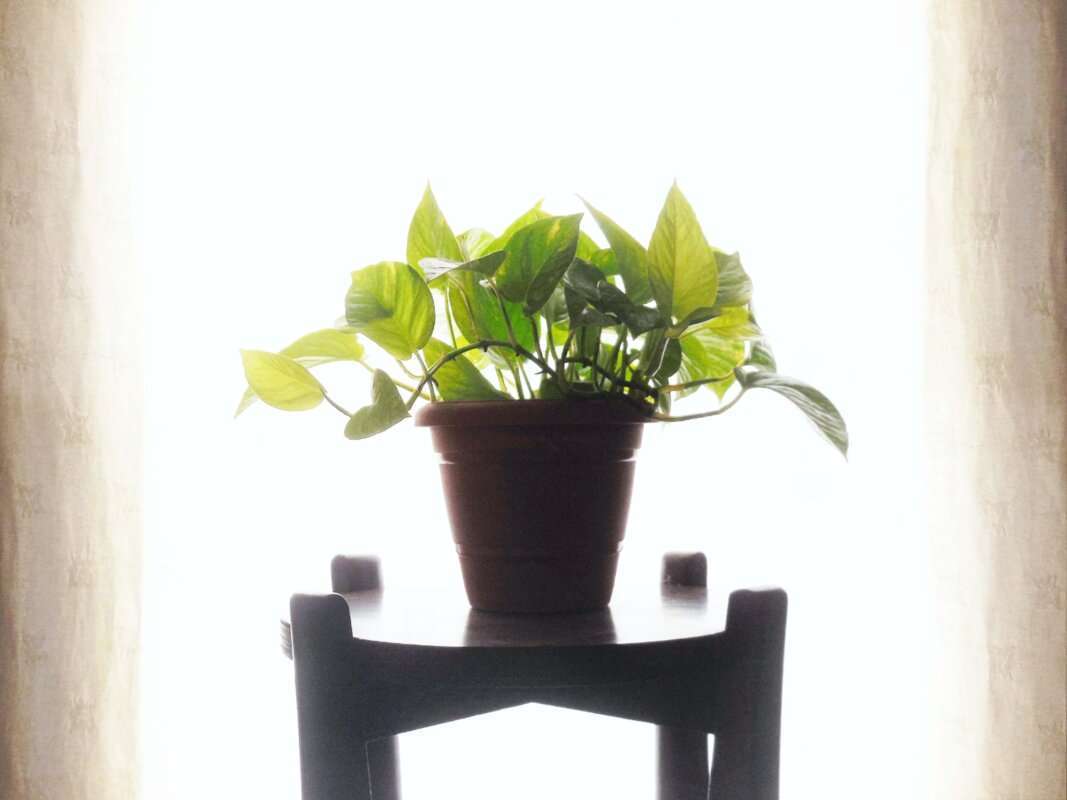
Money plants need warmer temperatures (15o-30o C). The leaves turn yellow at a temperature below 10o C and grow spots. It thrives well in medium to intense indirect sunlight (warm yet filtered light); low-light conditions delay its growth. The leaves can turn discolored with too little, or too much sun.
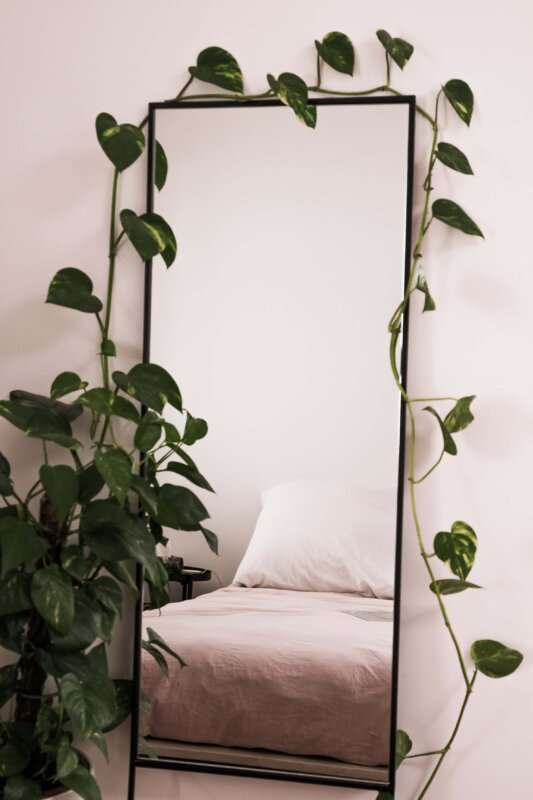
It needs regular watering from spring-to-autumn but overwatering can be minimized in the winter. It begins to grow well, though sometimes the top layer of soil is dried out.
It can spread from cuttings on the stem. That summer or spring is the best season to use cuttings. As a climber, it can be established on moss stems or trailed off.
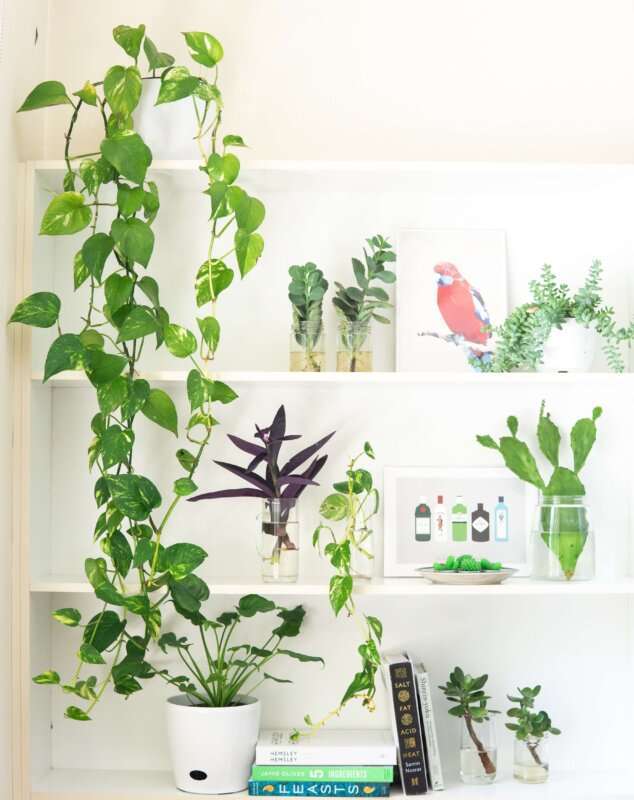
A remarkable advantage of a money plant is that it can expand without any ground in a water-filled jar. For a long period, it will live in a container loaded with water alone, whether you just want to adjust or replace the water. While certain plants can be cultivated hydroponically, money plants can live in regular water on the naturally available minerals, without introducing fertilizer.
You will produce all the fresh air you like, with all these three indoor plants. One might literally be in a jar with a lid on top and you wouldn’t suffer at all because you didn’t require fresh air.
Also Read, 15 beautiful home library designs for your place
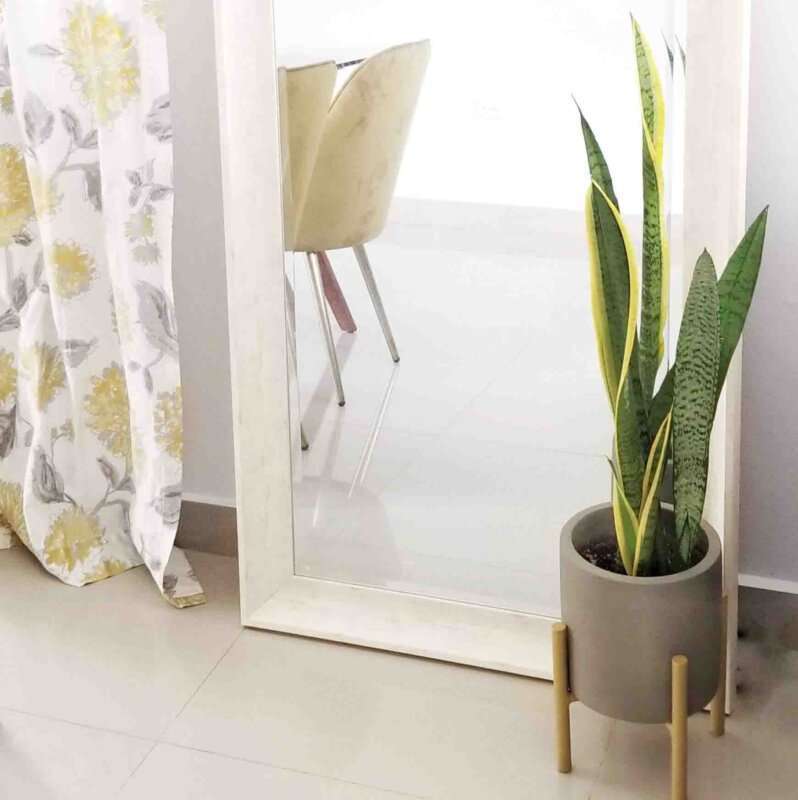
The research behind these indoor plants
These indoor plants have been tested on a 20-year-old, 50,000 sq. ft building. Over 1200 plants for 300 building occupants. Studies found that chances of one’s blood oxygen going up by one percent if one stays indoors in this building for 10 hours are 42 percent. According to the publication, this turned out to be the healthiest building in the region.
The study showed that compared to other buildings reduced the incidence of eye irritation by 52 percent, respiratory system by 34 percent, headaches by 24 percent, lung impairment by 12 percent, and asthma by nine percent.

Our experience points to an amazing increase in human productivity by over 20 percent by using these indoor plants and also a reduction in energy requirements in building by an outstanding 15 percent because you need less fresh air.
It is important for the environment because, in the next decade, the world’s energy demands are expected to grow by 30 percent. 40 percent of the world’s energy is consumed by buildings currently and 60 percent of the world’s population will be living in building in cities with a population of over one million in the next 15 years with the growing preference for working in indoor areas which are air-conditioned.
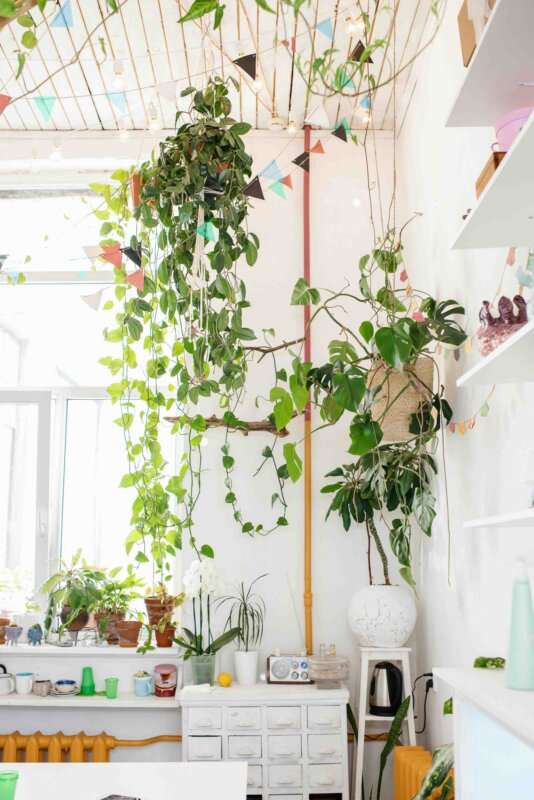
About us,
Aastitva Architects and Visualizers have been working on the amazing quality of architectural animation, designing, rendering, and walk-throughs, providing top-notch services to its clients. Make sure to stay updated on their content on Facebook, Youtube, and Instagram.
Check our Interior Gallery
INTERIOR GALLERYCheck our Exterior Gallery
EXTERIOR GALLERY
Architect and Blogger
Author at Aastitva Architects and Visualizers












